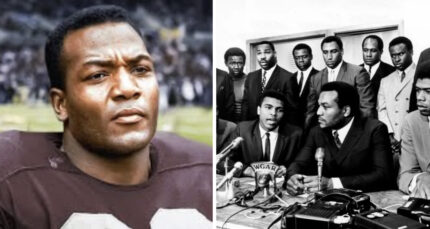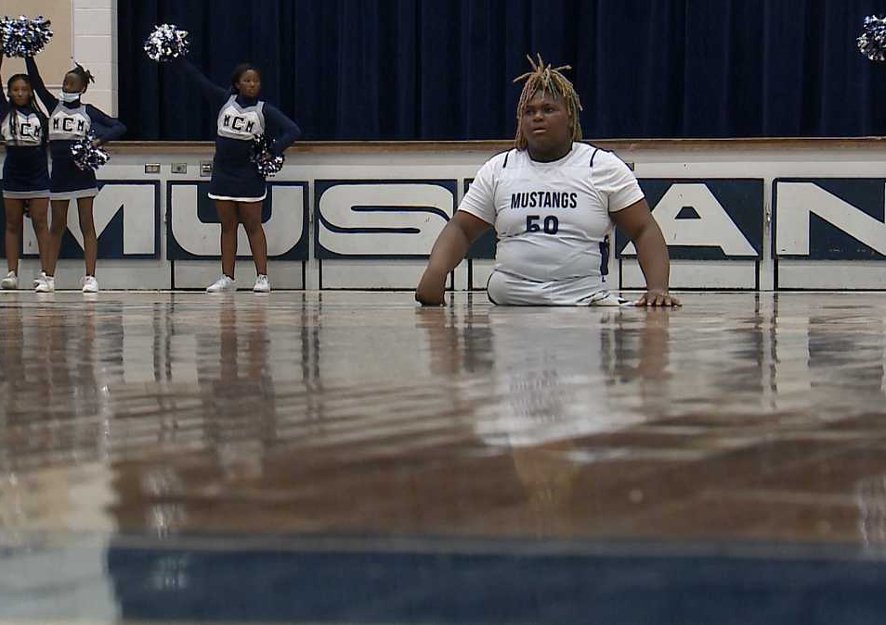After a season defined by inconsistency and an unspecified “best” team, is there any real shock that this is the foursome — Louisville, Michigan, Syracuse and Wichita State — headed to Atlanta to duke it out for the national title? Sure, seed Nos. 1, 4, 4 and 9 are a bit conspicuous this time of year, but this was a year of unexpected. “Surprise” outcomes stopped being surprising months ago.
With the Final Four set, here are a few things to look back on for this college basketball season:
1. Success in the NCAA tournament is not necessarily defined by late-season success or hot streaks.
No. 1 overall seed Louisville, of course, is the obvious exception here after winning 14 consecutive games in a (more than) convincing fashion. The Cardinals are blowing out everyone in their path. After winning the Big East tournament, including a dominant 78-61 win over Final Four counterpart Syracuse in the finals, Louisville laid to waste the Midwest regional.
However, Syracuse had lost five of their past nine games entering the NCAA tournament. Wichita State had lost three of five and could not capture the Missouri Valley Conference, losing to higher-seeded Creighton twice in that stretch. And Michigan must have been saving their firepower for the stretch run — the Wolverines lost six games in February and March, and were bounced in the second of the Big Ten tournament. That’s a wide array of end-of-season results. And few clues as to what success would carry over into the tournament.
There’s a reason the selection committee takes into account a team’s total body of work … well, except you Middle Tennessee State.
2. Trust good coaches.
Here’s your rundown of Final Four coaches: Rick Pitino (national title winner), Jim Boeheim (national title winner), John Beilein (600-plus career wins) and Gregg Marshall, a guy who spells his name with an extra consonant and is considered one of the best mid-major coaches around. Players ultimately win games. But the best coaches usually boast some of the best players and the ability to put them in the right positions to win.
Look back on the Elite Eight matchups: six more national championships between Billy Donovan and Mike Krzyzewski.
The consensus? March Madness defines the legacy of coaches and players, but those who have done it before are statistically inclined to do so again.
3. We need to re-define the “Cinderella” label.
In an era of college basketball where the top prospects stay at the big schools for just one season before (smartly) moving on to the NBA to be compensated for their lucrative talents, mid-majors like Wichita State often find themselves with the experience advantage in the postseason. There are always exceptions — Florida, Louisville and Miami come to mind this season — but in the new landscape of NCAA hoops, these upperclassman-laden mid-majors with 25-plus wins aren’t exactly your grandfather’s 9- and 10-seeds. They can do some damage.
The Shockers were blessed with a navigable West region, but they represent the fourth instance that a non-Power-Six-conference team has made it to the national semis in the past four tournaments.
That’s a trend, and it won’t likely end soon.
4. When scoring is down, put your faith in defense.
Blame it on the rulebook. Blame it on a lack of fundamentals. Blame it on shooting mechanics and the death of the mid-range jumper.
Scoring in college basketball was down in 2013.
So entering the tournament, the odds were against offensively inclined teams to string together four or five wins to reach Atlanta. In large part, that assumption held. Of the four teams remaining, only Michigan ranked better in offensive efficiency than it did on defense. The others are lock-’em-down teams — Louisville features the top-ranked defense, Syracuse ranks fifth and Wichita State ranks 23rd. Teams were bound to find scoring a difficult task at some point.
As Sports Illustrated’s Luke Winn wrote in January, entering the 2013 tournament only five teams, ranked lower than 25th in defensive efficiency, have made the Final Four (make that six now with Michigan). With the college rules slanted to favor defensive players, especially on the charge-block calls that have sparked controversy this postseason, it was better to choose Pitino over McDermott.
5. There’s still nothing quite like March Madness.
Even in a tournament that delivered more blowouts and snoozers than season-defining upsets and buzzer beaters, the undeniable fascination with the NCAA tournament persists. TV ratings are through the roof. The ever-evolving social media realm continues to create buzz and provide real-time reaction to every possible detail of the billion-dollar enterprise.
In short, it’s still the pinnacle of multi-day sporting events. CBS and Turner would not have shelled over so much cash if it wasn’t.
College basketball’s regular season may have lost a bit of its luster in the national preference, but the NCAA always has an ace hidden up its sleeve. It comes out every March. Never fails. The Final Four heads to Atlanta to resolve the sport’s national champion, but the damage is already done — the NCAA tournament wins again.
Feel free to dance, Mark Emmert. (OK, stop.)



